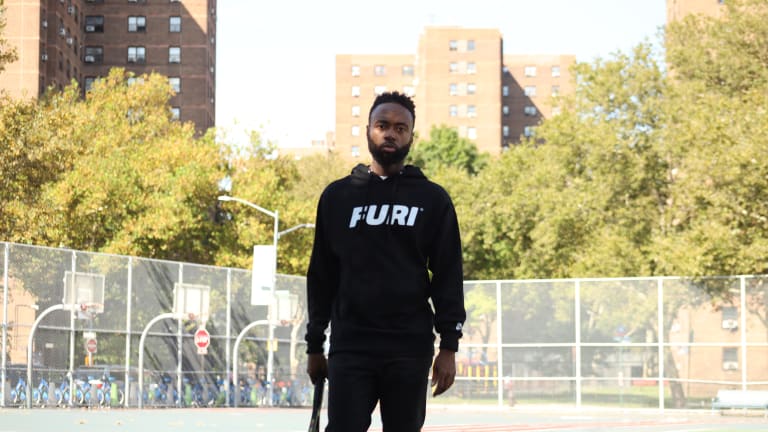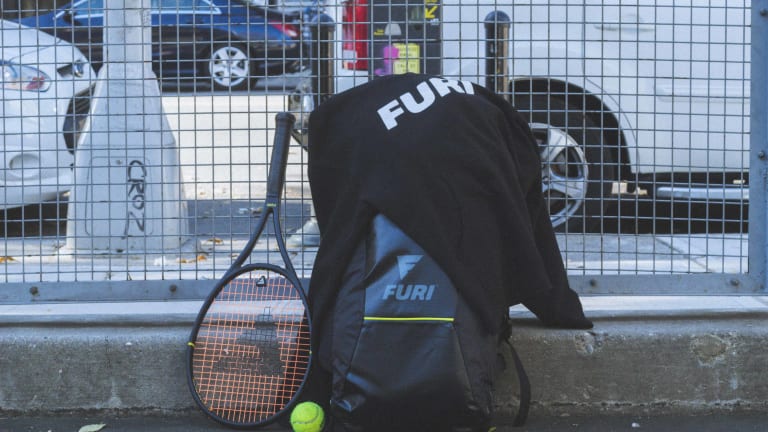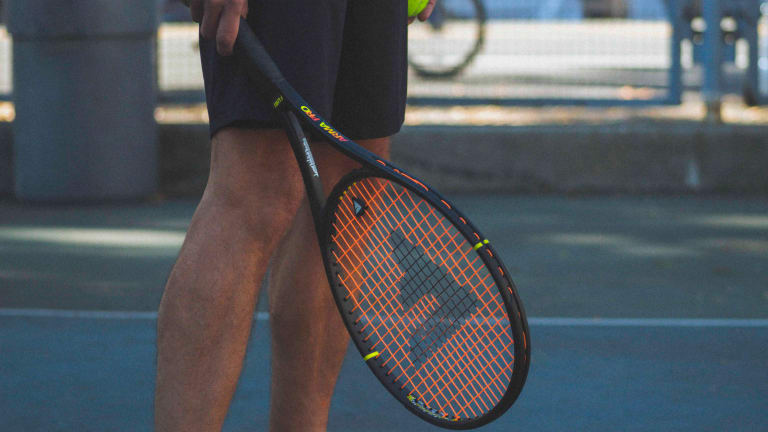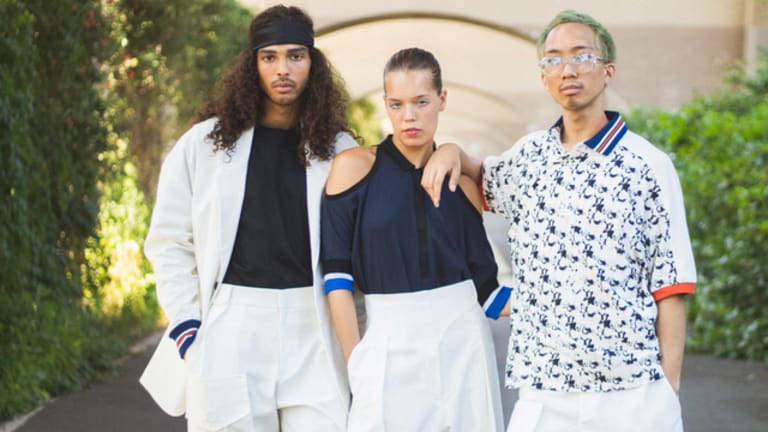Style Points
Style Points: FURI Sport’s Erick Mathelier wants tennis to speak everyone’s language
By Apr 26, 2022Style Points
Spotted: Carlos Alcaraz checks out Roger Federer’s ultra-rare Rolex at Laver Cup
By Sep 24, 2025Style Points
From ‘Andre Swagassi’ to ‘Billie Jean Bling’, meet Naomi Osaka’s Labubu crew
By Sep 04, 2025Style Points
"Superstition" keeps Naomi Osaka in purple over rosier US Open ensemble
By Sep 04, 2025Style Points
PHOTOS: Every outfit Venus Williams wore at the 2025 US Open
By Aug 30, 2025Style Points
A Jessica Pegula superfan gets a unique item signed at the US Open—one year later
By Aug 29, 2025Style Points
US Open Fashion Watch: Venus, Djokovic and Osaka lead the style charge in New York
By Aug 28, 2025Style Points
"It must have fire": Aryna Sabalenka helps create limited-edition Wilson Blade racquet
By Aug 27, 2025Style Points
Paint the town red: Coco Gauff, Naomi Osaka—and her custom Labubu—ace US Open trend
By Aug 27, 2025Style Points
“An opportunity I couldn't turn down”: Jack Draper reveals how Vuori deal happened
By Aug 25, 2025Style Points: FURI Sport’s Erick Mathelier wants tennis to speak everyone’s language
Founded in New York City, this Black- and woman-owned apparel and equipment brand has its sights set on disrupting tennis from the ground up—starting with the racquet.
Published Apr 26, 2022

© Stefen Pompée for FURI Sport
Advertising

FURI Sport is a Black- and woman-owned tennis apparel and equipment brand founded in New York City.
© Stefen Pompée for FURI Sport

The ‘Arma’ racquet, which comes in pro and lite versions, is made with a proprietary material that is “stronger than graphite".
© Stefen Pompée for FURI Sport
Advertising

TFP's upcoming collection is designed as “a stylized homage” to the four Grand Slam tournaments.
© Stefen Pompée for FURI Sport